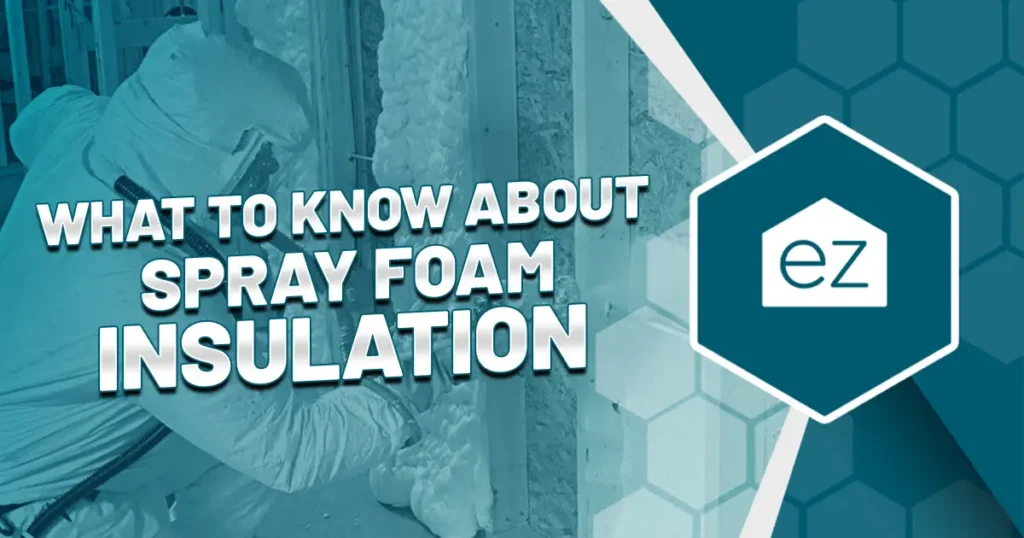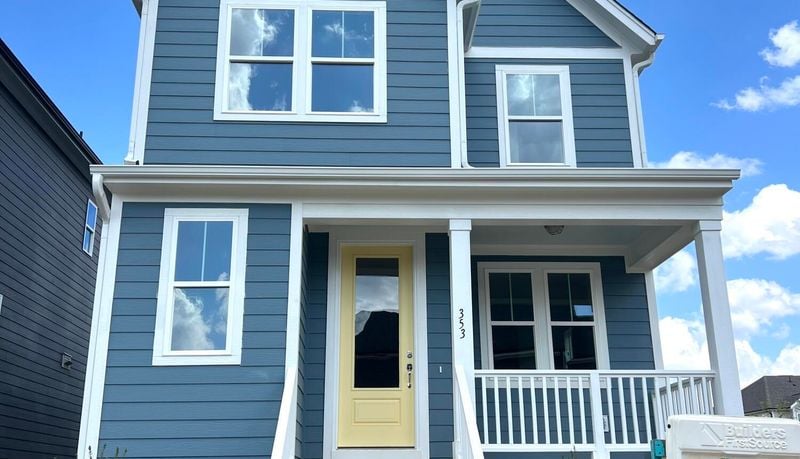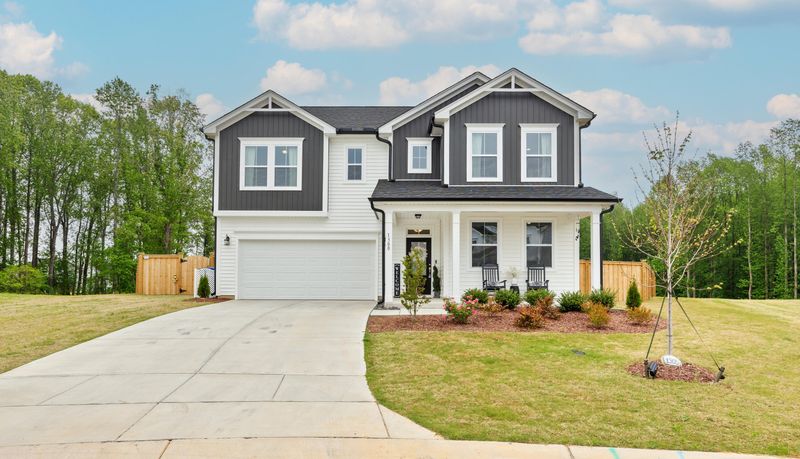The Charm of Log Home Living
Have you imagined what it would be like to come home daily to the warmth and comfort of your log cabin home? Or reading a book by a roaring fireplace or enjoying a glass of sweet tea on the porch? Living in a log cabin is a unique and charming experience. Something in their rustic and cozy vibe makes you feel warm and at home.
Log home life isn’t for everyone. Before moving into one, learn a few things about the lifestyle and upkeep. These charming homes come with unique quirks and considerations specific to their construction. Cover the basics of log cabin living with these pros and cons.
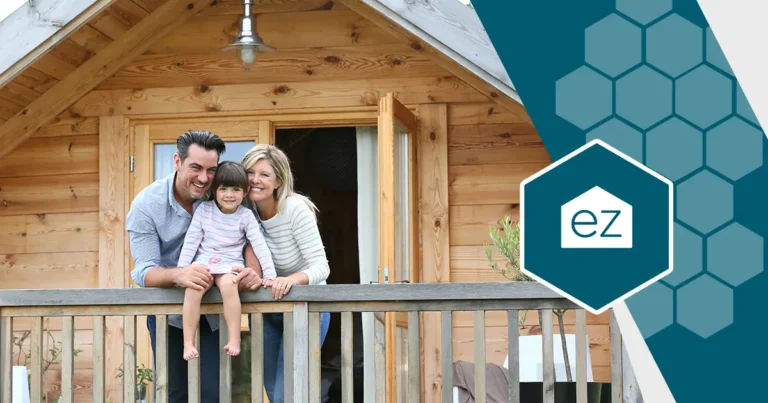
Pro: Energy Efficiency
The great debate of log home living: are they energy efficient or not? With thick wooden walls and lack of insulation, it’s easy to assume that log cabins would be less energy efficient than today’s homes. Even the Department of Energy says log cabin construction has a low R-value, a measurement of a material’s insulating properties.
However, log homes can be just as energy-efficient as traditional ones, even not even more so. That’s why most energy codes use thermal mass to measure a log home’s energy efficiency.
Part of that is because of the large mass of the wooden logs. They absorb and release the ambient temperature more slowly, resulting in less temperature variation. Due to their solid construction, log cabins tend to retain heat well. They absorb the sun’s heat during the day and release it at night, making them a cozy and energy-efficient option for colder climates. This saves you money compared to the modern stick frame construction.
The key is sealing gaps or cracks between logs and openings, as with windows and doors.
Mixed: Required Maintenance
Log homes sometimes get a bad rap for required upkeep, but it’s not as daunting as you think. Still, it earns it as a “con” because proper care of a log cabin is necessary if you want the structure to stand through the decades. But when you look at the time invested, you’d spent equal amounts maintaining a brick or timber frame structure.
The wood used in log home construction is naturally resistant to pests and rot, so there’s less worry about termite or water damage. That’s not to say it can’t happen if you’re not vigilant. Ground squirrels, mice, and ants definitely find wood homes appealing, and pooling water can damage any structure.
So what do you need to do? Once a year, thoroughly walk around the home and inspect it for signs of damage. Wash and clean the exterior, searching for signs of pest damage as you do so. Patch any holes. Additionally, check for any faulty caulking or chinking and replace them as needed.
During this time, inspect the home for any signs of mildew or mold and promptly address and remove them. The logs closest to the ground are the ones most at risk. Wood can start to break down as it is exposed to UV rays and the elements. If necessary, restain or reseal the wood. It is common for a log home to require resealing every three to four years.
With proper care, a log home can last for decades without major repairs needed. Just consider how many century-old log cabin structures are still in existence!
Mixed: Weather Considerations
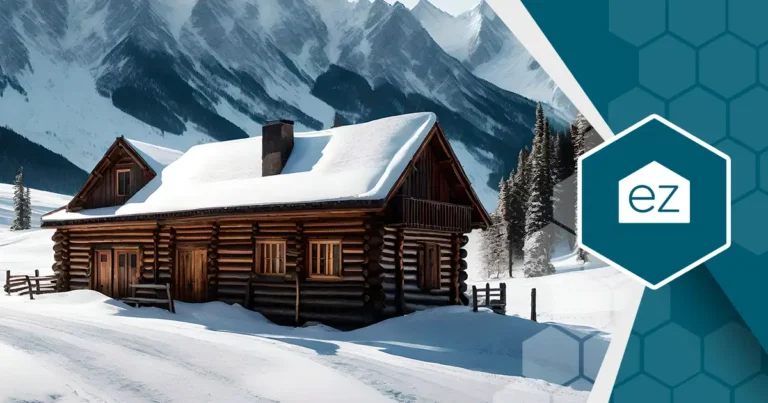
Another consideration when living in a log home is the weather. While these homes are sturdy and can withstand harsh conditions, they require some preparation. For example, heavy snowfall or strong winds can affect the structure of a log cabin. Take preventative measures such as adding extra support or reinforcing the roof.
However, there are many anecdotal stories of log homes weathering storms better than other construction. These include surviving hurricanes, tree falls, and snow masses.
Pro: Built-in design aesthetic
Do you love the rustic design style? Living in a log cabin embraces the southern charm and coziness that comes with it. The handcrafted logs and exposed wood give the interior a warm, inviting feel. Add in wood spindle rails, vaulted ceilings, and lofts; all that exposed wood is a work of art. Adding furniture made of natural materials or antiques only adds to the charm.
They often come with an open floor plan, as it increases the functionality of a space. However, if you prefer a more modern aesthetic, log homes are designed to fit those tastes. Mix up contemporary architecture with the natural elements present in log home construction. Layer in more rustic touches, like stone fireplaces and flooring. Add wide, open windows to highlight a spectacular view. With their versatility in design options, you can create a home that is uniquely yours.
Con: Cost of Construction
When it comes to building a log cabin, the cost can vary greatly. Factors such as location, size, and materials used all play a role in determining the final cost.
Generally speaking, however, log homes tend to be more expensive than traditional homes due to the specialized construction and materials needed. The logs used must be treated and milled specifically to ensure their longevity. Kiln-dried logs are dried to improve their durability and resistance to water rot and small cracking over time. Otherwise, the wood will rot prematurely.
Timber is a renewable resource, and more companies are harvesting dead timber or carefully managing their forests. Log homes do win points for sustainability, but growing and managing timber takes time and effort. Logs must be a minimum of 8 inches in diameter to be used in construction. By one estimate, it takes 99 logs to build a 20 x 24 ft log cabin if they have a minimum diameter of 8 inches. The more complex and large the design, the higher that number goes.
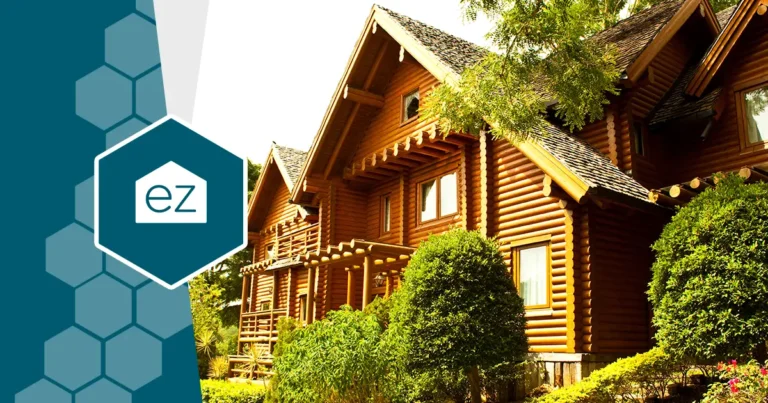
Con: Building Codes and Regulations
Before building or purchasing a log cabin, it’s important to familiarize yourself with local building codes and regulations. These can vary from state to state and may affect the design and construction of your home. Generally speaking, many adhere to the code found in the 2012 ICC Standard on the Design and Construction of Log Structures. The big measures are:
- An accredited agency must grade logs used for structural integrity
- A log wall used for a fire separation must at minimum be six inches at the narrowest width
- Standards for joint sealants and minimum requirements in how log wall height is accommodated across a building
- Minimum roof overhang to minimize repeated wetting of foundational logs
Ensure that your log cabin is built on a suitable foundation to withstand disasters like earthquakes or floods. Log cabins are common in the Appalachian mountains, so landslides or rockfalls could be an issue.
Mixed: Wildlife Interaction
Living in a log cabin means being in closer proximity to nature. While this can be a positive experience, being aware of potential wildlife interactions is important. Depending on your location, you may encounter animals such as bears, deer, or even snakes.
Taking necessary precautions and properly securing your home can help prevent any unwanted encounters. Especially if you’re buying a seasonal home in a bear-prone area, you’ll want to winterize and protect the home from these destructive intruders. Add closing window shutters or nail plywood over the entrances.
Con: Storage Space
One potential downside to living in a log cabin is limited storage space. With thick walls and sloping ceilings, utilizing every nook and cranny for storage can be difficult.
However, creative solutions exist, such as built-in shelves or multi-purpose furniture. Some add outdoor storage options to maximize space. Log cabin owners have utilized under-stair spaces as storage or to hide pull-out drawers in the stairs themselves.
Of course, modern log homes utilize newer construction techniques that maximize interior space. Your log home may have the right interior storage for your needs.
Pro: Fire Safety
Lastly, fire safety is crucial when living in a log cabin. Believe it or not, the wood used in construction may resist fire better than a stick frame construction home. That’s because the large logs are packed tightly together, making it harder for the heat to wrap around the wood and catch flame.
However, it’s still important to take precautions and have proper fire safety measures in place. This includes having smoke detectors installed and always keeping a fire extinguisher on hand.
Con: Insurance Costs
Due to their unique construction and potential risks, log homes often have a higher insurance cost than traditional homes. Not all insurance companies will insure these properties, but enough do that you can find coverage. Factor in its higher cost into your budget when considering log cabin living.
Insurance companies provide a figure based on the type of wood used in construction, log fire rating, foundation, and roofing material. Of course, factors like where the home is located, distance to a fire department, and overall size matter, too.
Log Home Living
Living in a log cabin may come with its own set of quirks and considerations, but for many, its charm and cozy atmosphere make it all worth it. Now that you have a better understanding of what to expect from log cabin living, you can decide whether this lifestyle is right for you. So go ahead and make your dream of log cabin living a reality!
Start Your Home Search
Preston Guyton
Share this Post
Related Articles
Buying a Home
Conforming Loan Limits: A Guide for Homebuyers
Buying a Home
What to Know About Termites In Your Home
Buying a Home
What to Know About Spray Foam Insulation
Buying a Home


